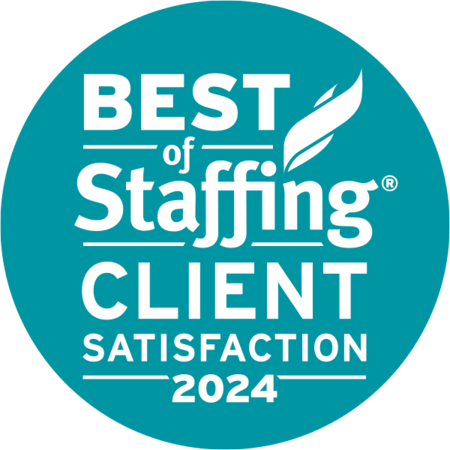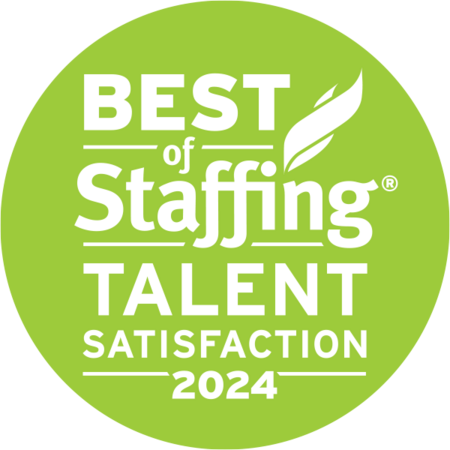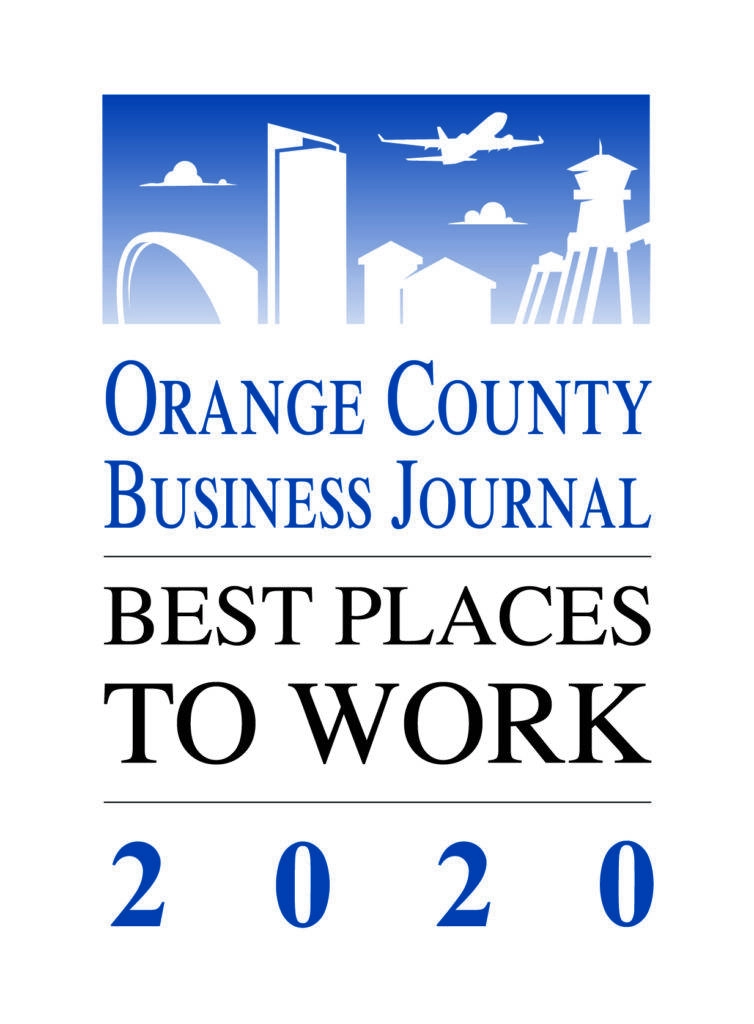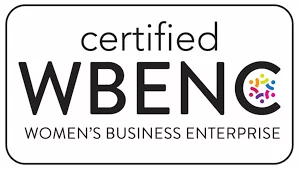When it comes to employee wellness and satisfaction, two things were learned from COVID-19. People like working from home, but they also miss social interactions and collaborating with peers. What this means for Accounting and Finance organizations is that the hybrid work environment is here to stay—at least for 2022.
Many organizations are already crafting or rolling out policies that offer the flexibility of blending a few days in the office with working from home (WFH). This is critical as COVID variants, and the upcoming flu season, raise uncertainties around another wave of winter closings for businesses and schools.
The Long-Term Effects of WFH
It is important, however, to emphasize implementing a hybrid work policy. Recent research highlights the benefits of returning to the office, as well as the unknown negative impacts of isolated, remote work.
While WFH may have increased productivity in some instances, it’s come at the expense of eroding shared experiences, professional development, and company culture. In the past 18 months, levels of loneliness, stress, and depression soared with unknown long-term post-pandemic consequences. A TELUS International survey found that three quarters of respondents struggle with anxiety at work as a result of the pandemic, and 80% would consider transitioning into a new company that focuses on mental health support.
There’s also evidence that both hard and soft skills, such as communication, problem solving, and conflict resolution are diminishing with less in-person training and interactivity. Some authors and researchers have found WFH overrated with detrimental impacts on creativity.
SHRM reports that workplaces will feel the aftershocks of isolation and burnout long after the pandemic is over.
A lot of data has focused on the business benefits of WFH: lower overhead, reducing office footprint (and rent), and increased productivity. But what’s good for business isn’t necessarily good for people. As many organizations begin to return to the office there’s ample opportunity to put people first:
Build in-person collaboration and camaraderie. There is a critical need for human connection, and studies show that collaborating at work increases problem solving, builds interpersonal skills, drives motivation, improves communication, and leads to higher job satisfaction.
Help employees reset boundaries. WFH has blurred business and personal time. Employees increasingly report longer days and “always being on.” It’s time to reset healthy boundaries, truly unplug when heading home, and reinforce work-life balance.
Update benefit packages. Employees expect a greater focus on their mental and physical wellbeing; this should be reflected in benefit packages. Wellness stipends, reimbursement policies, and fitness memberships are easy ways to offer meaningful, additional perks.
Enhance office space. Make the office a place that attracts employees. Research shows that quality workplace design reduces stress and increases productivity. An overwhelming 87% of employees said they want healthier workspaces that include wellness rooms, standing desks, ergonomic seating, natural light, and fresh air.
Improve technology. As businesses navigate flexible workspace, it’s critical to install the right technology to facilitate remote collaboration with onsite employees. Investing in top-quality hardware and IT infrastructure ensures that teams remain productive and connected, regardless of working in the office, at home, or from another remote location. Top tech also keeps employees frustration-free and productive.
Reestablish company culture. Reengage employees through empathy and shared leadership. Company culture improves when leaders provide greater transparency and better communication of purpose, values, and goals. The pandemic has also left people seeking stronger connections with local and global communities. Many organizations are placing greater emphasis on culture, core values, and community, resulting in employees feeling deeper respect and pride in the positive impact beyond office walls. Gensler explains how community impact is a key strategy in returning to the office.
2022 is the year to put people first. It’s the year to infuse empathy in operations, the year to remain agile, and the year to seek help in navigating the hybrid work environment. Alliance Resource Group is here to help you hire smarter and maintain a competitive edge. Our 2022 Financial Salary Guide and Employment Outlookprovides a comprehensive framework for hiring and recruiting, including projected salaries, benefits and perks, trends, and other key economic data.





